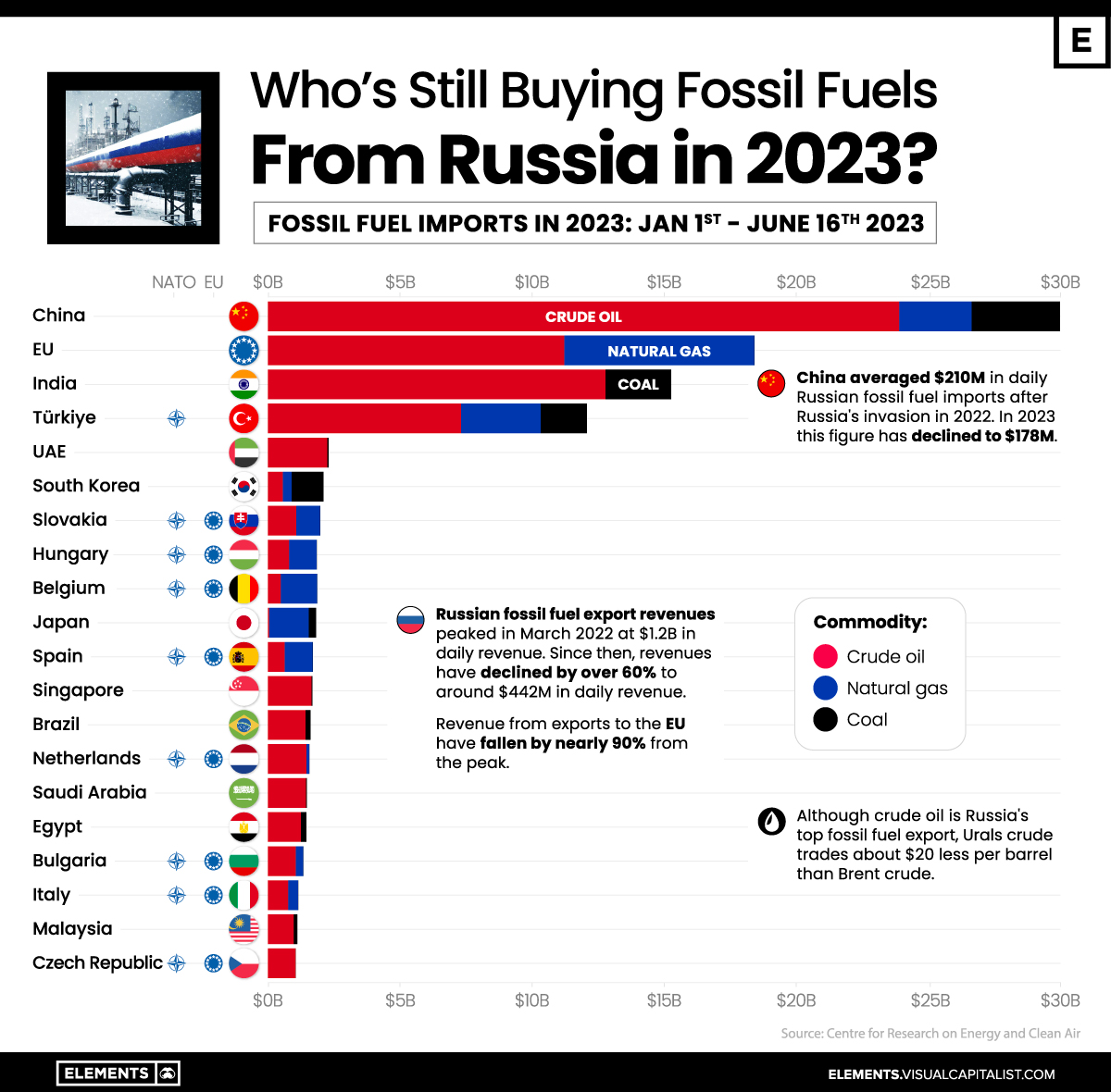US-China Trade Surge: Deadline Fuels Export Rush

Table of Contents
The Looming Deadline and its Impact
The October 27th deadline for implementing new tariffs on various US goods exported to China is the undeniable catalyst behind this extraordinary export rush. These tariffs, ranging from 10% to 25% on specific products, create immediate and significant financial pressure on businesses. This pressure translates into a desperate need to move goods before the deadline, impacting the entire logistical chain. This urgency has led to:
- Increased shipping activity: Ports across the US are overwhelmed, facing unprecedented congestion and delays. Shipping containers are piling up, creating logistical nightmares for businesses.
- Higher demand for logistics services: The sudden surge in demand has driven up prices for freight, warehousing, and other logistics services, significantly impacting profit margins.
- Potential for price fluctuations: The frantic rush to meet the deadline could lead to unpredictable price fluctuations for affected goods, both in the US and in China.
- Strain on supply chains: The accelerated pace of exports is putting immense pressure on already strained supply chains, potentially leading to shortages and further price increases.
Industries Experiencing the Biggest Surge
The impact of this US-China trade deadline isn't evenly distributed. Certain sectors are feeling the pressure more acutely than others. The agricultural sector, particularly soybean and corn exporters, is experiencing a massive spike in activity. The technology sector, focused on semiconductor components and advanced electronics, is also significantly affected. Manufacturing, particularly of consumer goods, is facing a similar challenge.
- Agricultural Exports: Farmers are rushing to get their products to market before the tariffs increase, leading to a surge in shipments from Midwest agricultural hubs.
- Technology Sector: Companies specializing in high-tech components are facing immense pressure to expedite shipments to avoid higher costs, impacting their bottom lines.
- Manufacturing: Factories are working overtime to meet increased demand, sometimes compromising quality control in their race to meet the deadline.
The geographic distribution of this surge is also noteworthy, with ports on the West Coast, especially Los Angeles and Long Beach, bearing the brunt of the increased shipping activity.
Economic Implications of the Trade Surge
The short-term economic implications of this US-China trade surge are mixed. While the export rush provides a short-term boost for certain industries and associated sectors like shipping and logistics, creating temporary job growth, it also creates several potential issues. Long-term consequences are more uncertain and depend heavily on the future trajectory of US-China trade relations. These economic factors include:
- Job creation (short-term): Increased shipping and logistics activity leads to temporary employment opportunities.
- Potential inflationary pressure: Increased freight costs and potential supply chain disruptions contribute to higher prices for consumers.
- Changes in the trade balance: The surge could temporarily improve the US trade balance with China but may not be sustainable.
- Impact on future trade negotiations: This period of intense activity could influence future discussions and agreements between the two countries.
Challenges and Risks Associated with the Rush
The intense focus on meeting the deadline creates significant challenges and risks. The rapid increase in export activity isn't without its downsides.
- Increased port congestion: The massive increase in shipping containers is causing significant congestion at major US ports, leading to substantial delays and impacting overall efficiency.
- Potential for quality control issues: The rush to meet the deadline might compromise quality control measures, potentially harming long-term brand reputation and customer satisfaction.
- Risks of oversupply: A massive influx of goods before the deadline could lead to oversupply in the Chinese market after the deadline, resulting in price drops and reduced profitability for US exporters.
- Environmental concerns: The heightened shipping activity increases carbon emissions and contributes to environmental pollution.
Navigating the US-China Trade Surge
The current US-China trade surge, driven by the looming tariff deadline, represents a critical juncture in the ongoing economic relationship between the two nations. Understanding the nuances of this situation, including its causes, implications, and associated risks, is paramount for businesses operating within this trade corridor. To successfully navigate this dynamic environment, staying informed about the latest developments in US-China trade relations is critical. Understanding the US-China trade deadline's impact is crucial for navigating the current export rush. Learn more about strategies for optimizing your business within the context of the evolving US-China trade landscape.

Featured Posts
-
 La Star Suisse Stephane Seduit Paris
May 22, 2025
La Star Suisse Stephane Seduit Paris
May 22, 2025 -
 National Treasure Trafficking Antiques Roadshow Episode Results In Couples Arrest
May 22, 2025
National Treasure Trafficking Antiques Roadshow Episode Results In Couples Arrest
May 22, 2025 -
 Pittsburgh Steelers Insider Details Reasons Behind Pickens Non Trade
May 22, 2025
Pittsburgh Steelers Insider Details Reasons Behind Pickens Non Trade
May 22, 2025 -
 Dropout Kings Vocalist Adam Ramey Dies Unexpectedly
May 22, 2025
Dropout Kings Vocalist Adam Ramey Dies Unexpectedly
May 22, 2025 -
 Potential Canada Post Strike What Businesses Need To Know
May 22, 2025
Potential Canada Post Strike What Businesses Need To Know
May 22, 2025
